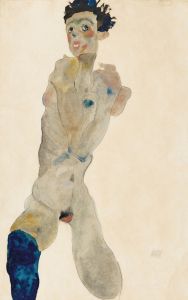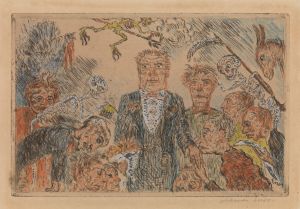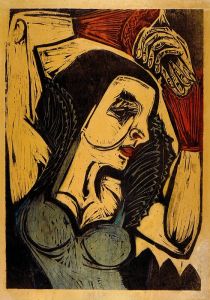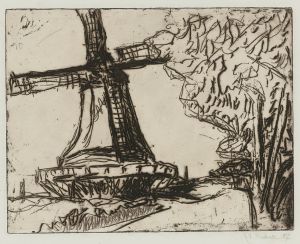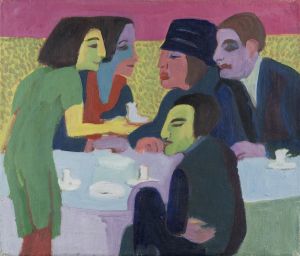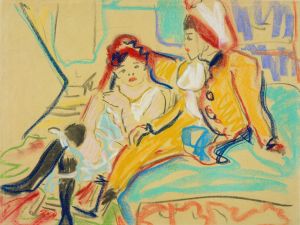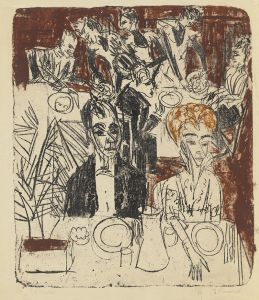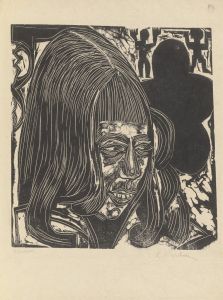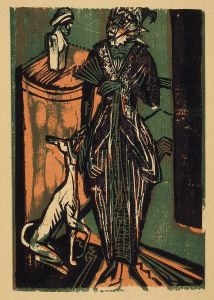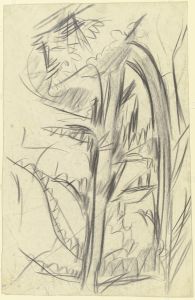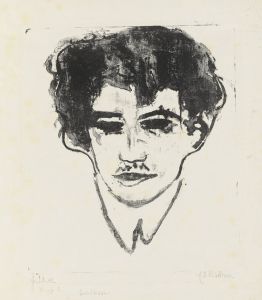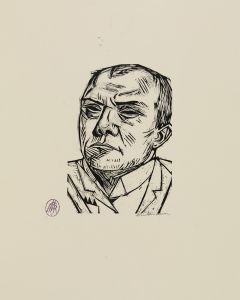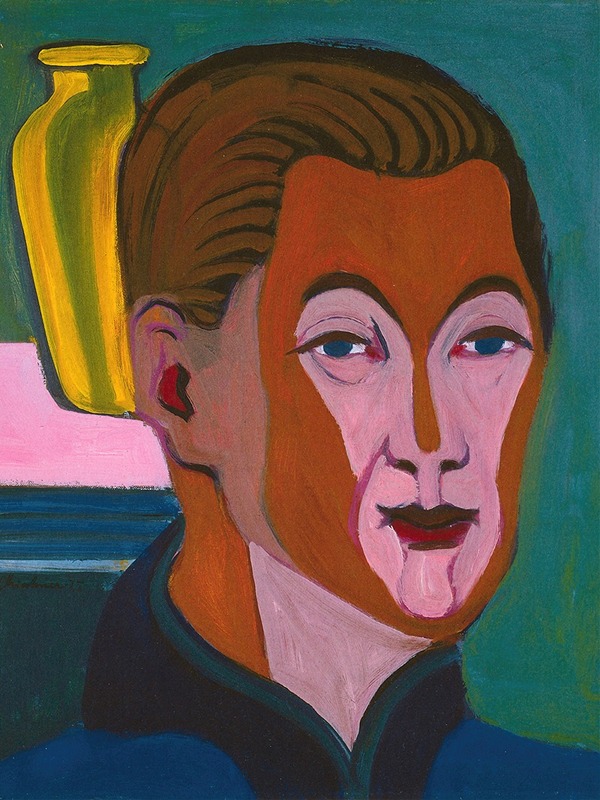
Self Portrait
A hand-painted replica of Ernst Ludwig Kirchner’s masterpiece Self Portrait, meticulously crafted by professional artists to capture the true essence of the original. Each piece is created with museum-quality canvas and rare mineral pigments, carefully painted by experienced artists with delicate brushstrokes and rich, layered colors to perfectly recreate the texture of the original artwork. Unlike machine-printed reproductions, this hand-painted version brings the painting to life, infused with the artist’s emotions and skill in every stroke. Whether for personal collection or home decoration, it instantly elevates the artistic atmosphere of any space.
Ernst Ludwig Kirchner's "Self Portrait" is a notable work by the German expressionist painter and printmaker, who was a founding member of the influential artist group Die Brücke (The Bridge). Kirchner, born on May 6, 1880, in Aschaffenburg, Germany, was a central figure in the expressionist movement, which sought to convey emotional experience rather than physical reality.
The "Self Portrait" by Kirchner, created in 1914, is a striking example of his expressionist style. This painting is characterized by bold colors, dynamic brushstrokes, and a sense of psychological intensity. Kirchner's self-portraits often reflect his inner turmoil and the anxieties of the time, particularly the looming threat of World War I and his own personal struggles.
In this particular self-portrait, Kirchner depicts himself with a tense and somewhat distorted face, using sharp lines and contrasting colors to convey a sense of unease and introspection. The background is typically abstract, with vibrant hues that enhance the emotional impact of the piece. Kirchner's use of color and form in this work exemplifies the expressionist aim to evoke subjective emotions rather than depict objective reality.
Kirchner's life and career were deeply affected by the events of his time. He volunteered for military service at the outbreak of World War I but was discharged in 1915 due to a nervous breakdown. This period of his life was marked by intense psychological distress, which is often reflected in his artwork. His self-portraits from this time, including the 1914 "Self Portrait," reveal a man grappling with his identity and the chaos of the world around him.
After the war, Kirchner moved to Switzerland, where he continued to work despite ongoing health issues. His style evolved, but he remained committed to the principles of expressionism, focusing on the inner experiences of his subjects. Kirchner's work was later condemned by the Nazi regime as "degenerate art," and many of his pieces were removed from German museums. Despite this, his influence on modern art remained significant.
Kirchner's "Self Portrait" is housed in various collections around the world, with notable pieces in institutions such as the National Gallery in Berlin and the Museum of Modern Art in New York. These works continue to be studied and admired for their emotional depth and innovative use of color and form.
Ernst Ludwig Kirchner's legacy as a pioneering expressionist artist is firmly established, and his self-portraits offer a profound insight into his complex psyche and the turbulent times in which he lived. The 1914 "Self Portrait" stands as a testament to his skill in capturing the raw, unfiltered emotions of the human experience.






